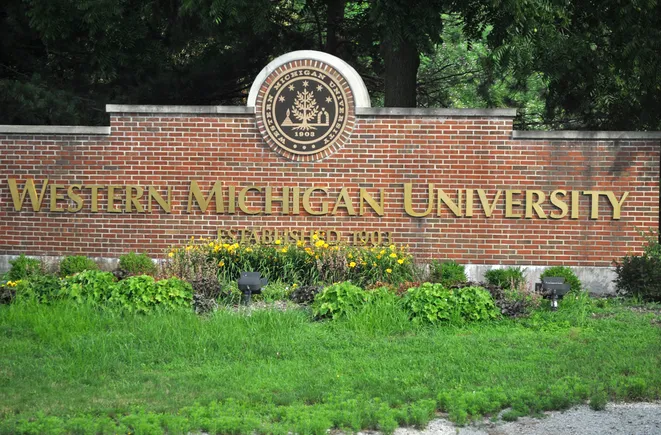Dive Brief:
- The University of Texas System’s governing board announced plans Thursday to combine a research university and academic health center in San Antonio into one institution.
- Under the plan, the University of Texas at San Antonio and the University of Texas Health Science Center at San Antonio — which are only about eight miles apart — will merge by 2025, pending accreditor approval.
- UT San Antonio will be the “overarching institution,” with UT Health San Antonio operating as part of the university, according to an FAQ on the merger. Taylor Eighmy, currently president of UT San Antonio, has been tapped to lead the combined institution.
Dive Insight:
This isn’t the first time the UT System has considered merging the two institutions — the idea was also explored in 2002 and 2010. But recent growth at both institutions has created the “perfect time to come together as one powerhouse university,” officials said in a document laying out the case for the integration.
Enrollment has ticked up at both universities over the past few years, beating sectorwide trends. UT San Antonio had 34,393 students in fall 2022, up 12.9% from a decade earlier, per federal data. Meanwhile, UT Health San Antonio’s enrollment grew 8.3% over the period, with 3,518 students in fall 2022.
Carnegie Classifications lists UT San Antonio as a R1 institution, a coveted designation for universities with the highest levels of research activity. Most of its students, roughly 30,000, are undergraduates, and the university lacks a medical college.
Meanwhile, UT Health San Antonio caters to those pursuing health sciences degrees, and graduate students make up the majority of its enrollment. Its offerings include medical, nursing and dentistry schools.
The merged institution will become the third-largest research university in Texas, officials said in the announcement. Together, the two institutions will enroll 40,000 students, employ almost 16,000 workers and have an endowment totaling $1.1 billion.
The two universities largely have complementary rather than competing programs, according to the FAQ. By combining, officials expect the institutions will be able to offer joint degree programs and expand their academic offerings. System officials said the merger would help create clearer pathways between undergraduate and graduate programs, especially in health sciences fields.
Still, officials will evaluate over the next year whether they will consolidate any programs or services. In the FAQ, they did not say whether the merger will lead to layoffs, though they stressed the move is not a “cost-cutting project.”
“It is premature to speculate on job numbers at this time, but the primary focus is on expansion and innovation that will likely lead to the creation of new roles and opportunities,” the FAQ stated.
System leaders also hope to boost the institutions’ research efforts, with officials expecting that the merger will increase their “competitive edge to attract more grants and contracts to San Antonio.” The combined institution will have close to $470 million in annual research expenditures, according to the announcement.
Officials also expect the combined institution will draw more workers to San Antonio in the healthcare, technology and business fields.
“By bringing together all of their complementary and unique strengths, we will give Texans access to the best education, discoveries and health care imaginable, while accelerating the university’s trajectory as a top U.S. and global university,” UT System Board Chair Kevin Eltife said in a statement.
#San #Antonio #merge #academic #health #center #create #powerhouse #university










